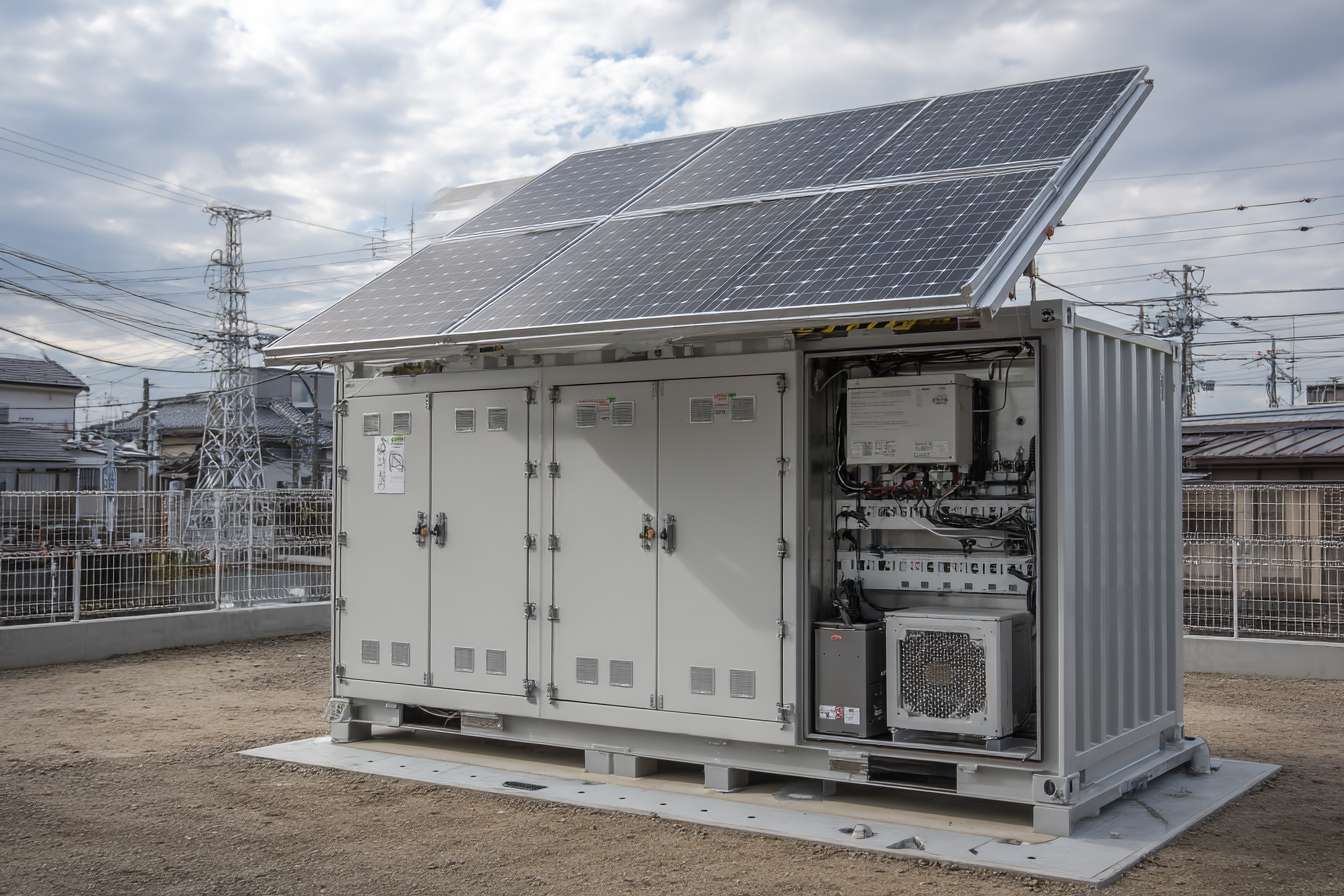10kWh Home Battery – Smart Energy Storage for Modern Homes
As electricity rates climb and renewable energy adoption grows, more Americans are investing in home energy storage. A 10kWh battery system can store solar power for use at night, during outages, or peak hours — saving money and adding energy independence. With various battery options, rebates, and smart monitoring tech now available, it’s easier than ever to create a reliable, sustainable power solution for your home.

The adoption of residential battery storage has accelerated significantly across the United States in recent years. Homeowners are increasingly recognizing that energy independence goes beyond simply installing solar panels. A 10kWh capacity battery system strikes a balance between affordability and functionality, offering enough storage to power essential appliances during outages or shift energy consumption to off-peak hours when electricity rates are lower.
These systems work by storing electricity generated from solar panels or drawing power from the grid during low-demand periods. When energy is needed, the battery discharges stored electricity to power your home, reducing reliance on utility companies and providing a buffer against power interruptions. The technology has matured considerably, with modern systems offering intelligent management features that optimize energy use based on household patterns and utility rate structures.
Understanding Home Energy Storage Solutions for U.S. Homeowners
Home energy storage systems consist of several key components working together seamlessly. The battery unit itself stores electrical energy in chemical form, while an inverter converts direct current from the battery into alternating current used by household appliances. A battery management system monitors performance, temperature, and charge levels to ensure safe and efficient operation.
For American homeowners, these systems integrate with existing electrical infrastructure through a transfer switch or smart panel. This allows automatic switching between grid power, solar generation, and battery storage based on availability and cost. Many modern systems connect to smartphone apps, providing real-time monitoring of energy production, consumption, and storage levels. This visibility helps homeowners make informed decisions about their energy use and identify opportunities for additional savings.
The sizing of a battery system depends on several factors including average daily energy consumption, critical loads during outages, and whether the system pairs with solar panels. A 10kWh system typically provides enough capacity to run essential appliances like refrigerators, lights, internet routers, and some heating or cooling for several hours to a full day, depending on usage patterns.
Key Benefits of Installing a Home Battery System
Installing a home battery system delivers multiple advantages that extend beyond simple backup power. Energy cost reduction represents one of the most tangible benefits, particularly in areas with time-of-use electricity rates. By storing inexpensive off-peak electricity and using it during expensive peak hours, homeowners can significantly reduce their monthly utility bills. This practice, known as load shifting or peak shaving, becomes increasingly valuable as more utilities adopt time-based rate structures.
Grid independence offers another compelling benefit, especially in regions prone to power outages. Whether caused by storms, wildfires, or infrastructure issues, blackouts can disrupt daily life and potentially damage sensitive electronics. A properly sized battery system keeps critical systems running, maintaining comfort and safety during extended outages. Unlike traditional generators, battery systems operate silently, require no fuel, and produce no emissions.
Environmental benefits also factor prominently for many homeowners. When paired with solar panels, battery systems maximize the use of clean, renewable energy by storing excess solar production for evening and nighttime use. This reduces reliance on fossil fuel-based grid electricity and lowers the household carbon footprint. Even without solar panels, batteries can contribute to grid stability by reducing demand during peak periods when utilities often activate less efficient, higher-emission power plants.
Many utility companies now offer incentive programs that compensate homeowners for allowing their battery systems to participate in demand response programs. These programs pay participants for making stored energy available to the grid during peak demand periods, creating an additional revenue stream while supporting grid reliability.
Popular Battery Technologies and How They Work
Several battery chemistries dominate the residential energy storage market, each with distinct characteristics. Lithium-ion batteries, the most common type, offer high energy density, long cycle life, and relatively compact size. Within this category, lithium iron phosphate batteries provide enhanced safety and longevity, while nickel manganese cobalt variants offer higher energy density in a smaller footprint.
These batteries function through electrochemical reactions that move ions between positive and negative electrodes through an electrolyte medium. During charging, electrical energy forces ions to move in one direction, storing energy. During discharge, ions flow in the opposite direction, releasing stored energy as electricity. Modern battery management systems carefully control these processes to optimize performance and extend battery lifespan, which typically ranges from 10 to 15 years or more.
Lead-acid batteries, though older technology, still find use in some applications due to lower upfront costs. However, they offer shorter lifespans, lower energy density, and require more maintenance compared to lithium-ion alternatives. Flow batteries represent an emerging technology with potential for very long cycle life and the ability to independently scale power and energy capacity, though they remain less common in residential applications.
The choice of battery technology affects system performance, longevity, space requirements, and total cost of ownership. Lithium-ion systems have become the standard for most residential installations due to their favorable balance of performance, size, and cost. As manufacturing scales continue to increase and technology advances, battery costs have declined significantly, making these systems increasingly accessible to average homeowners.
| Battery System | Manufacturer | Capacity | Estimated Cost Range |
|---|---|---|---|
| Powerwall | Tesla | 13.5 kWh | $11,500 - $15,000 |
| IQ Battery | Enphase | 10.08 kWh | $10,000 - $13,000 |
| Resu | LG Energy | 9.8 kWh | $9,000 - $12,000 |
| Backup | Generac PWRcell | 9 kWh | $9,500 - $12,500 |
| EP Cube | EcoFlow | 10.08 kWh | $8,500 - $11,000 |
Prices, rates, or cost estimates mentioned in this article are based on the latest available information but may change over time. Independent research is advised before making financial decisions.
The actual installed cost of a home battery system varies considerably based on location, installation complexity, existing electrical infrastructure, and available incentives. Federal tax credits currently cover 30 percent of total system costs for qualifying installations, while many states and utilities offer additional rebates or incentives. These programs can reduce out-of-pocket expenses by thousands of dollars, significantly improving the financial proposition of battery storage.
Installation typically requires professional electrical work to ensure proper integration with home electrical systems and compliance with local codes. Qualified installers assess home energy needs, recommend appropriate system sizing, handle permitting requirements, and ensure safe, code-compliant installation. Many manufacturers require certified installers to maintain warranty coverage, making professional installation the standard approach.
Making an Informed Decision
Evaluating whether a home battery system makes sense requires careful consideration of individual circumstances. Homeowners should assess their average energy consumption, frequency and duration of local power outages, utility rate structures, and available incentives. Those with solar panels often find batteries particularly valuable for maximizing self-consumption of solar energy, while others may prioritize backup power capabilities.
Financial analysis should account for upfront costs, available incentives, potential energy savings, and expected system lifespan. Many installers provide detailed proposals showing projected savings and payback periods based on local utility rates and usage patterns. While payback periods vary, many homeowners find that the combination of energy savings, backup power value, and environmental benefits justify the investment.
As battery technology continues advancing and costs decline, these systems are becoming increasingly mainstream. The growing emphasis on grid resilience, renewable energy integration, and energy independence suggests that home battery storage will play an expanding role in American residential energy systems for years to come.
Home battery systems represent a significant step toward greater energy autonomy and resilience. For homeowners willing to invest in their energy future, a well-designed 10kWh battery system offers practical benefits today while positioning the household for an increasingly electrified and distributed energy landscape tomorrow.


